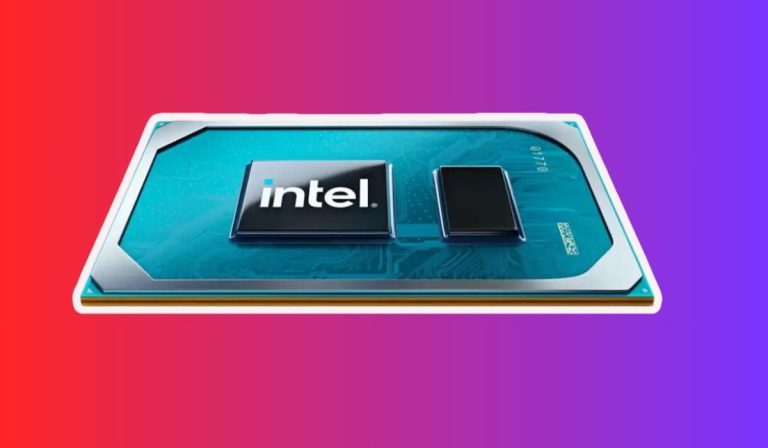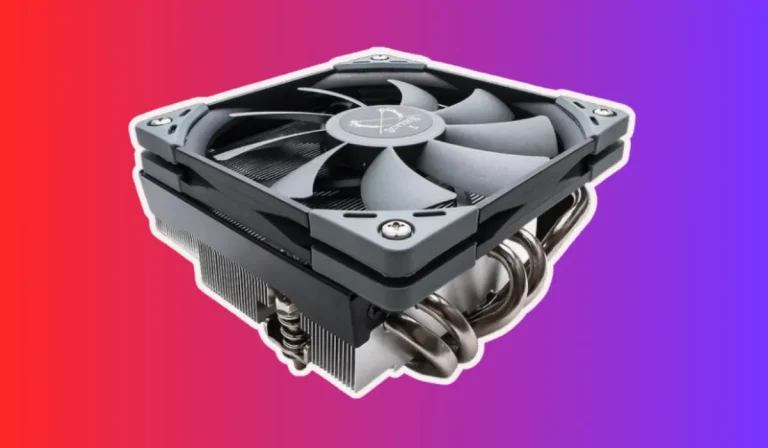How to Repair a Graphics Card with No Display
Meta Description: “Troubleshoot and repair your graphics card with no display using easy-to-follow steps. Get your computer running smoothly again!”
Is your graphics card giving you a headache with no display? Don’t worry, we’ve got you covered! In this guide, we’ll walk you through the steps to fix your graphics card and get your computer back up and running. No technical jargon, just simple troubleshooting tips that anyone can follow. Let’s dive in!
Understanding the Problem
Is your graphics card acting up and leaving you with a frustrating blank screen? To fix it, we first need to understand the underlying problem. Let’s dive into the common causes and symptoms of a graphics card with no display.
Possible Causes
Several factors could lead to a graphics card not displaying anything on your computer screen. It’s important to diagnose the issue correctly to identify the appropriate solution. Here are some common causes to consider:
- Loose Connections: Check if the cables connecting your graphics card to the monitor are securely plugged in. Loose connections can result in no display.
- Power Supply Issues: Insufficient power supply can cause your graphics card to malfunction. Make sure your power supply unit can handle the power requirements of your card.
- Outdated or Incompatible Drivers: Graphics card drivers that are outdated or incompatible with your system can prevent them from displaying properly. Updating drivers is often the solution here.
- Physical Damage: Physical damage to the graphics card, such as a broken PCB or damaged capacitors, can result in no display. Inspect the card carefully for any visible signs of damage.
Common Symptoms
Identifying the symptoms associated with a graphics card not displaying can help you pinpoint the problem. Here are a few telltale signs to look out for:
- No Signal: Your monitor displays a “no signal” message or remains blank when you turn on your computer.
- Artifacts or Distorted Display: You may notice unusual graphical glitches, artifacts, or a distorted display on your screen.
- Error Messages: Your operating system might display error messages related to the graphics card, indicating a problem.
Troubleshooting Steps
If you’re facing a graphics card issue with no display, don’t panic! There are several troubleshooting steps you can take to diagnose and resolve the problem. Let’s walk through these steps one by one to get your graphics card back on track.
Step 1: Check Connections
Start by ensuring all cables connecting your graphics card to the monitor are securely plugged in. Sometimes, loose connections can cause a no-display issue. Disconnect and reconnect the cables to ensure a proper connection.
Step 2: Verify Power Supply
Check if your power supply unit (PSU) is providing sufficient power to your graphics card. Ensure that the PSU is compatible with your card’s power requirements. Consider upgrading your PSU if it’s inadequate.
Step 3: Update Drivers
Outdated or incompatible graphics card drivers can cause display problems. Visit the manufacturer’s website and download the latest drivers for your specific graphics card model. Install the drivers and restart your computer.
Step 4: Test with Another Monitor
To determine if the problem lies with your graphics card or the monitor, connect your computer to another monitor or TV. If the display works on the alternative screen, it indicates an issue with your original monitor.
Step 5: Reseat the Graphics Card
If the above steps haven’t resolved the issue, try reseating the graphics card. Power off your computer, open the case and carefully remove the card. Then, reinsert it firmly into the appropriate slot. Ensure it’s properly seated and secured.
Step 6: Seek Professional Help
If none of the troubleshooting steps have resolved the issue, it may be time to consult a professional. Reach out to a computer technician or the manufacturer’s support for further assistance and guidance.
Preventive Measures
To avoid encountering a graphics card issue in the future, taking preventive measures is crucial. By implementing these simple steps, you can keep your graphics card running smoothly and prevent display problems from occurring.
Regular Maintenance and Cleaning
Just like any other component in your computer, your graphics card requires regular maintenance. Dust and debris can accumulate over time, leading to overheating and performance issues. Make sure to clean your graphics card and its fans periodically using compressed air or a soft brush.
Quality Power Supplies
Using a reliable and high-quality power supply unit (PSU) is essential for the proper functioning of your graphics card. Ensure that your PSU can provide enough power to meet the requirements of your graphics card and the rest of your system. An inadequate power supply can lead to instability and potential display problems.
Avoid Overclocking
Overclocking your graphics card can provide a performance boost, but it also puts additional stress on the card. This can lead to overheating and potential damage. If you’re not experienced with overclocking or if you want to minimize the risk of encountering display issues, it’s best to avoid overclocking altogether.
Monitor Temperatures
Monitoring the temperature of your graphics card is crucial to prevent overheating. High temperatures can cause the card to throttle performance or even shut down. Use monitoring software to keep an eye on the temperature levels and ensure they stay within the recommended range. If temperatures are consistently high, consider improving your computer’s airflow or investing in additional cooling solutions.
FAQ’s
1. What should I do if my graphics card is not displaying anything?
Start by checking the connections between your graphics card and the monitor. Ensure all cables are securely plugged in and try reconnecting them if necessary.
Why is my graphics card not showing any display after installing new drivers?
This issue could be caused by incompatible or faulty drivers. Try rolling back to the previous version or reinstalling the drivers from the manufacturer’s website.
3. Can a faulty power supply cause a no-display issue with the graphics card?
Yes, an inadequate or faulty power supply can prevent the graphics card from functioning properly. Make sure your power supply meets the card’s requirements and consider testing with a different PSU if needed.
4. Is it possible to fix a graphics card with no display on my own?
While some issues can be resolved through troubleshooting steps like checking connections or updating drivers, repairing a graphics card itself is complex and requires technical expertise. It’s recommended to seek professional help in such cases.
5. What if reseating the graphics card doesn’t solve the no-display problem?
If reseating the graphics card doesn’t resolve the issue, it could indicate a deeper problem with the card or other hardware components. It’s advisable to consult a professional technician or contact the manufacturer for further assistance and potential repair options.
Conclusion
Troubleshooting a graphics card with no display requires a systematic approach. By checking connections, updating drivers, and testing with another monitor, you can often resolve the issue. However, if these steps don’t work, it’s best to seek professional assistance to ensure a proper repair. Don’t let a blank screen hold you back, get your graphics card back up and running!


